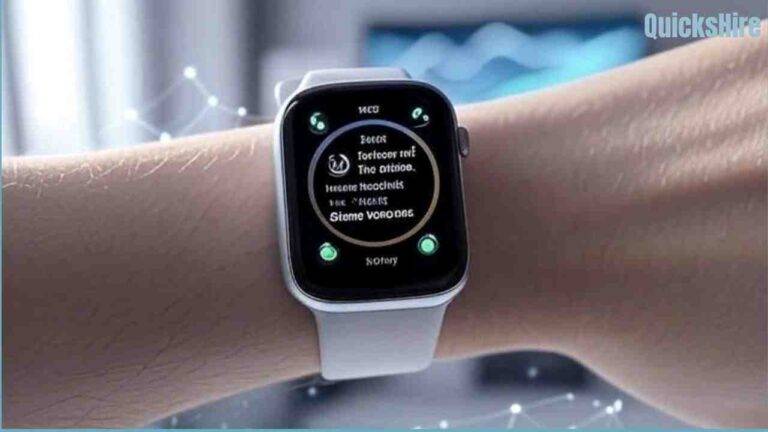Engineered Solar Eclipse in Europe Provides Stunning New View of the Sun
Skygazers across Europe were treated to a groundbreaking astronomical event today: an engineered solar eclipse that offered a breathtaking, safe, and unprecedented view of the sun. Using advanced atmospheric projection technology, scientists and engineers created a controlled partial eclipse-like experience, captivating millions without the risks associated with direct solar observation.
A New Era for Astronomy
Unlike natural solar eclipses, which depend on the precise alignment of the sun, moon, and Earth, this engineered eclipse was orchestrated using a network of high-altitude drones and laser-based atmospheric displays. Developed by a consortium of European space agencies and tech firms, the project aimed to make solar observation accessible to everyone while showcasing cutting-edge innovation.

“This is a game-changer for public engagement with astronomy,” said Dr. Elena Müller, lead scientist at the European Space Agency (ESA). “We’ve created a safe, repeatable way to experience the awe of an eclipse, no matter where you are or what time it is.”
The event, visible across major cities like Berlin, Paris, Madrid, and Reykjavik, drew crowds to public viewing areas equipped with augmented reality (AR) glasses and large-scale projection screens.
How It Works
The engineered eclipse relied on a combination of technologies to simulate the moon’s shadow passing over the sun:
- High-Altitude Drones: A fleet of solar-powered drones, positioned in the stratosphere, projected a circular shadow onto the atmosphere, mimicking the moon’s silhouette.
- Laser Projection Systems: Ground-based lasers painted detailed images of the sun’s corona and surface features, enhancing the visual experience with vibrant, real-time data from solar observatories.
- AR Integration: Spectators used AR glasses to overlay scientific data, such as solar flares and prominences, onto the projected eclipse, creating an interactive learning experience.
- Safety First: Unlike natural eclipses, the event required no special protective eyewear, as the projection was calibrated to safe brightness levels.
The result was a crescent-shaped sun that appeared to hover in the sky, complete with intricate details of solar activity, all visible during daylight hours.
A Spectacle for All
The engineered eclipse was designed to be inclusive, with free public viewing events hosted in urban parks and rural observatories. Schools across Europe integrated the event into science curricula, allowing students to explore solar phenomena in real time.
“It felt like we were part of something huge,” said Clara Sánchez, a 14-year-old student in Madrid. “I could see the sun’s flames moving through my AR glasses—it was like a sci-fi movie!”
The event also featured live streams and virtual reality experiences, enabling global audiences to join the spectacle. Social media platforms buzzed with hashtags like #EngineeredEclipse and #SolarShow2025, as users shared photos and videos of the glowing crescent sun.
Scientific and Cultural Impact
Beyond its visual appeal, the engineered eclipse served as a platform for scientific research and public education:
- Solar Research: The event provided astronomers with high-resolution data on solar activity, collected via synchronized satellite and drone observations.
- Public Engagement: Interactive displays taught viewers about solar physics, climate science, and the role of space technology in everyday life.
- Cultural Celebration: Artists and musicians collaborated on eclipse-themed performances, blending science with creativity to celebrate humanity’s connection to the cosmos.
“This wasn’t just about technology—it was about bringing people together to marvel at the universe,” said Dr. Müller.
What’s Next?
The success of today’s event has sparked plans for future engineered eclipses, with potential expansions to other continents. The ESA is exploring applications for the technology in climate monitoring, disaster response, and even entertainment, such as large-scale atmospheric art installations.

The next natural total solar eclipse in Europe is slated for August 12, 2026, visible in Greenland, Iceland, Spain, and parts of Portugal. Until then, the engineered eclipse has set a new standard for how we experience the sun, proving that innovation can make the cosmos feel closer than ever.






